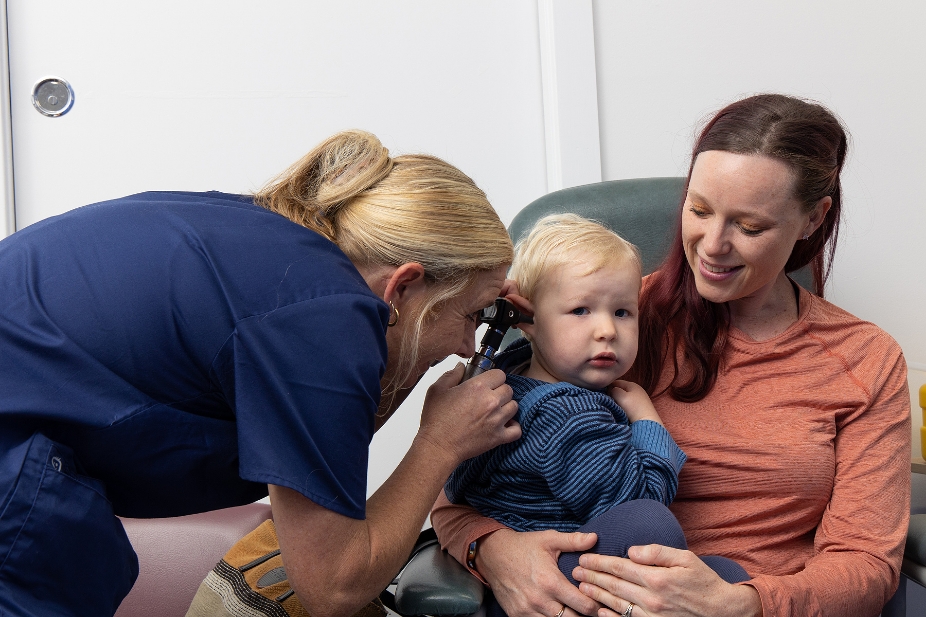At the end of 2017, the way we screened for cervical cancer changed from “Pap Smear” to “CST” (Cervical Screening Test), and to many a woman’s delight, the normal testing interval changed from two to five years. Hooray! But why can we now wait that long between tests? Is that safe? How is the new test different anyway? What is HPV? And what’s this I’ve heard about a “self-collect” test?
The Pap Smear
Previously, your GP would collect cells from the inside of the cervix (the lower end of the uterus that connects it to the vagina) with a brush. These cells were then sent off to a lab where they were examined for any cancerous or precancerous abnormalities.
The Culprit
We’ve known for a few decades now that most (99.7%) of cervical cancers are associated with Human Papilloma Virus (HPV) infection. It is sexually transmitted, and generally causes no symptoms in men or women. Most people will acquire HPV at some point in their life, and their immune system will clear the infection without them ever realising they had it. There are only a few specific strains of HPV that are at high risk of causing cancer. Even with infection, it generally takes years for the virus to cause cancerous changes in the cervical cells.
The Big Discovery
In 1990, Queensland Scientists Ian Frazer and Jian Zhou began working on a vaccine against these high-risk strains of HPV. In 2006, following extensive clinical trials which, it was approved for use in Australia and in 2007 became part of Australia’s National Immunisation Program.
Since then, cervical cancer rates have plummeted by almost 90%.
The Cervical Screening Test
Now that we know nearly all cervical cancers are caused by HPV, why not test for HPV first and catch the whole process earlier? That’s exactly what the CST does. IF a woman has no abnormal symptoms* and no recent abnormal tests, the GP will collect the sample the same as before, but instead of looking for cancerous cells, the laboratory will test for HPV and even test specifically for high-risk strains.
- If the HPV result comes back negative – hooray! You’re off the hook for another five years, unless you develop symptoms* in the meantime. This is because even if you contracted HPV soon after your CST, it takes so long for it to cause even minor changes, that it’s safe to wait another 5 years before checking again.
- If the HPV result comes back positive, the laboratory will go ahead and check for pre-cancerous or cancerous cells in the sample.
Your GP will then discuss the results with you and make recommendations based on the National Cervical Screening Guidelines.
*if you have symptoms such as abnormal bleeding, pelvic pain, abnormal discharge or pain with intercourse, the laboratory will perform BOTH tests (for HPV and cancerous cells) just to be sure.
The Self-Collect Test
Yes, you heard right! Women now have the option of a self-collected sample, if they do not want to have a speculum examination and CST collection by a doctor. You will need to make an appointment with your GP to access the collection kit and discuss if you are eligible.
To be eligible you must not have any of the abnormal symptoms previously mentioned, or had any recent abnormal tests. The self-collected sample can only be tested for HPV, not for cancer cells. If it returns a positive result, you will be recalled and offered a sample collection of cervical cells so that appropriate testing can take place.
Another downside to the self-collect option is that patients miss out on a proper examination of the reproductive tract for other problems such as vulval or vaginal lesions, which would otherwise be found during CST collection by a doctor. This is completely up to you however, and your GP will support whatever choice you make and discuss your own personal risks/benefits of each test.



